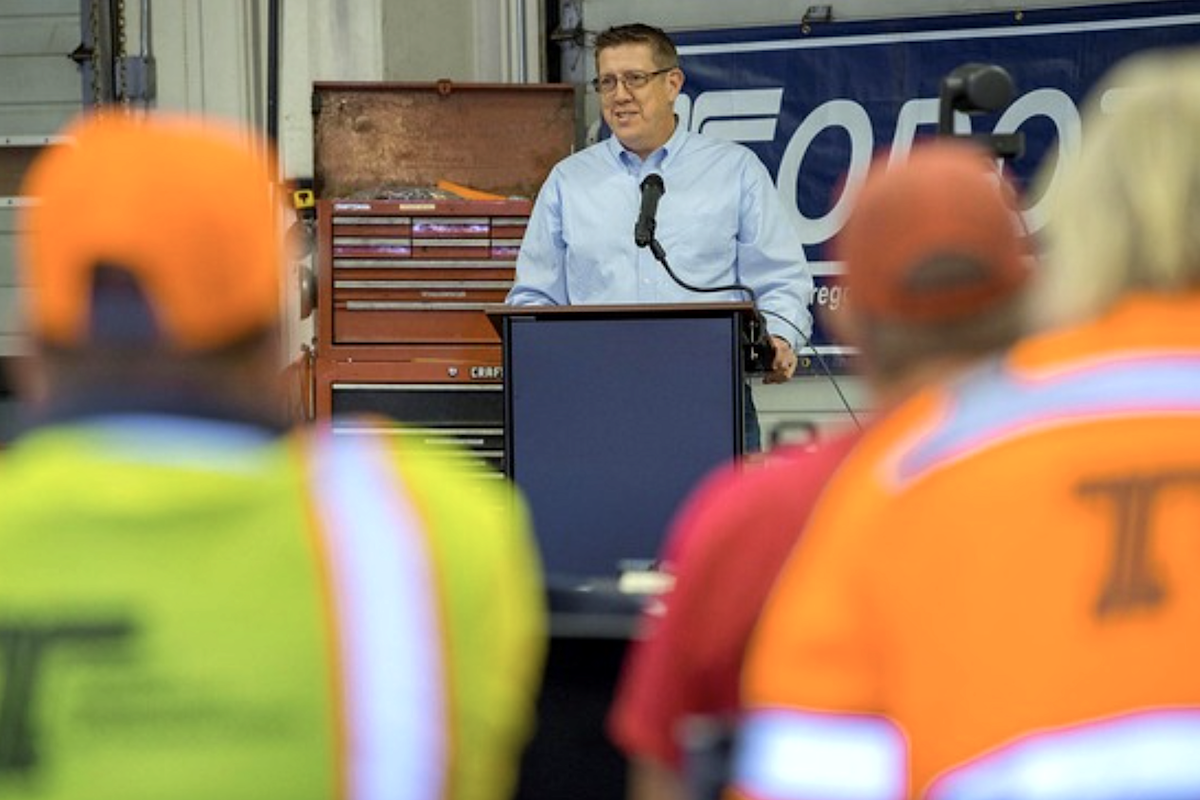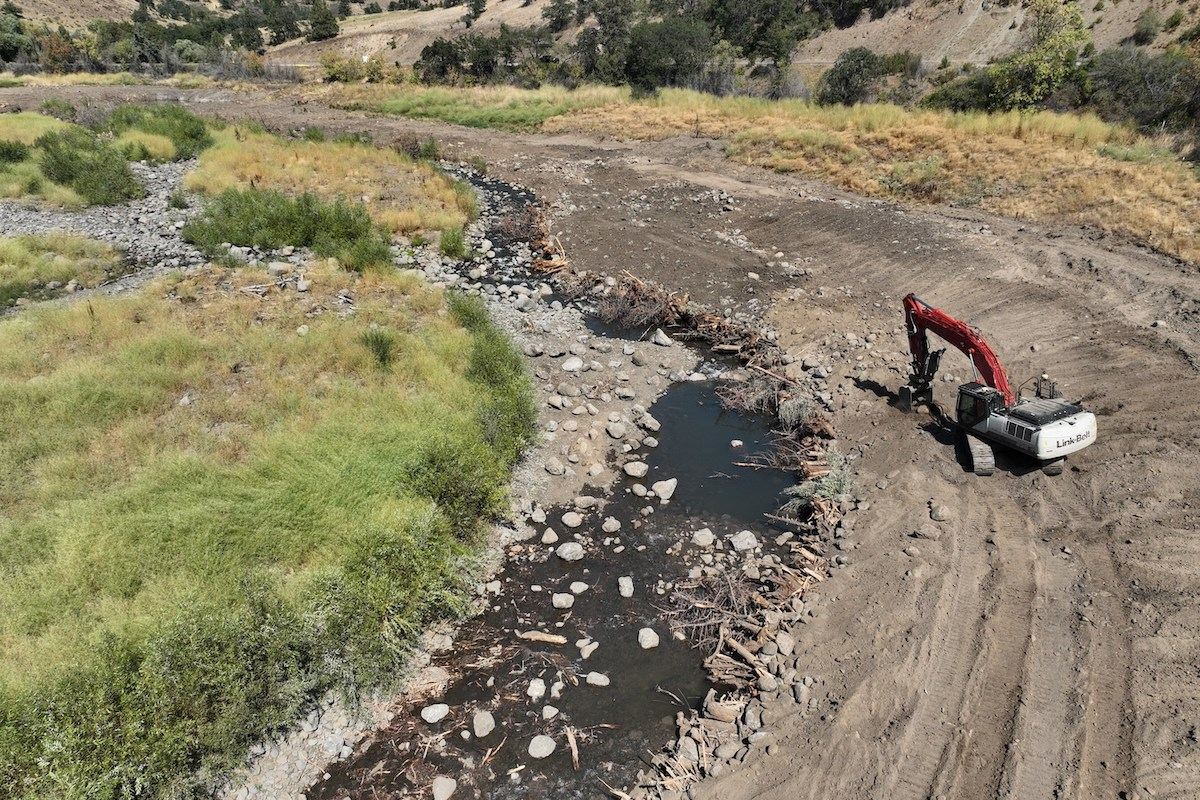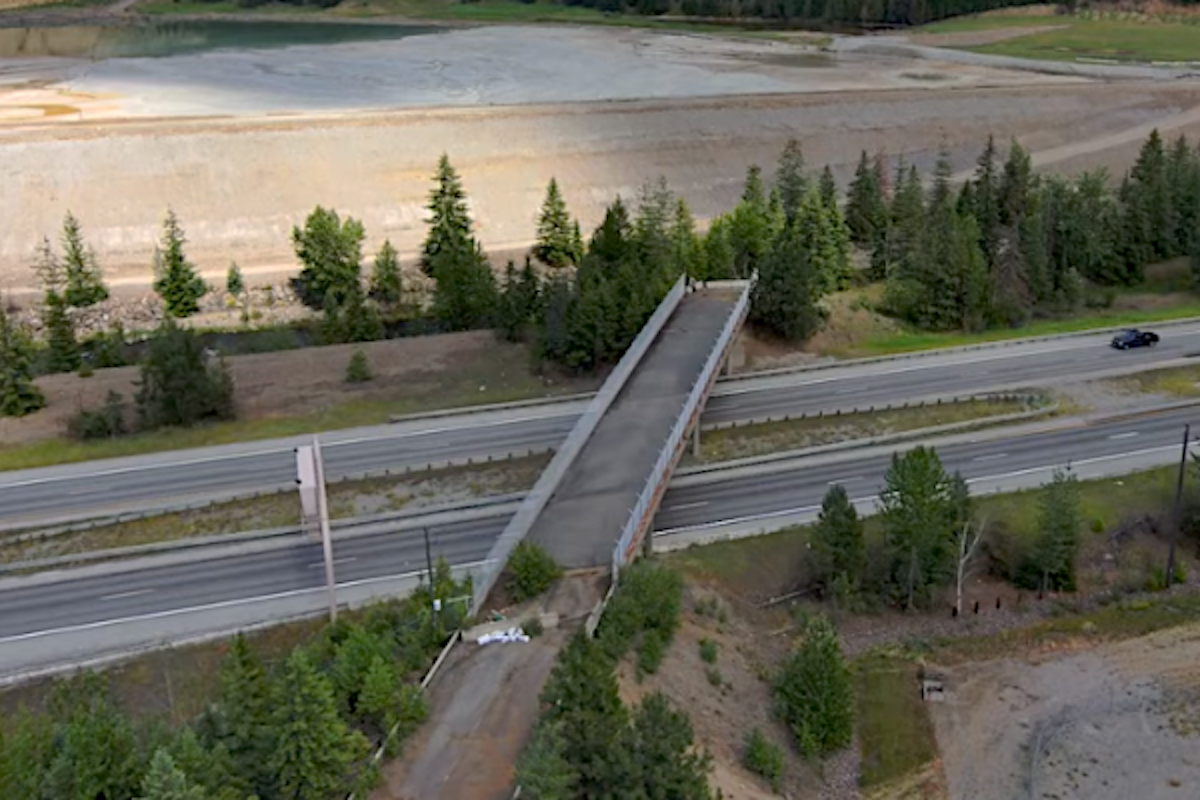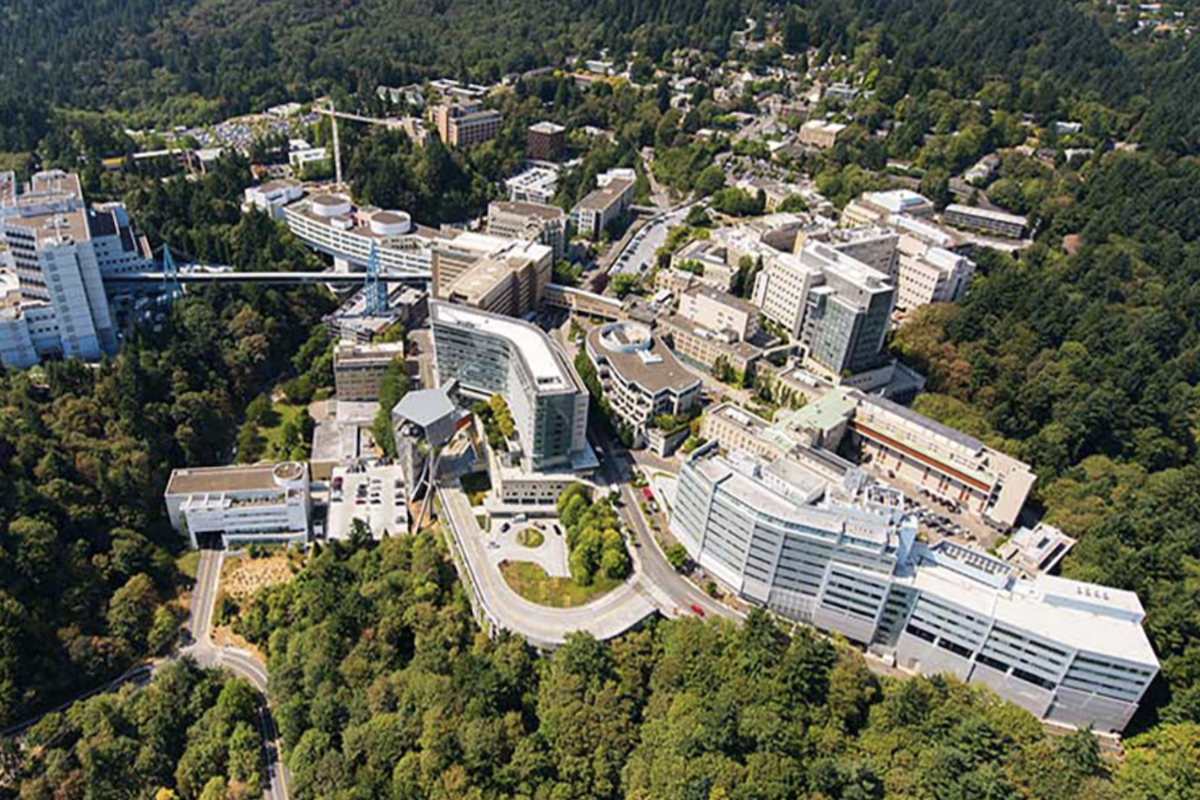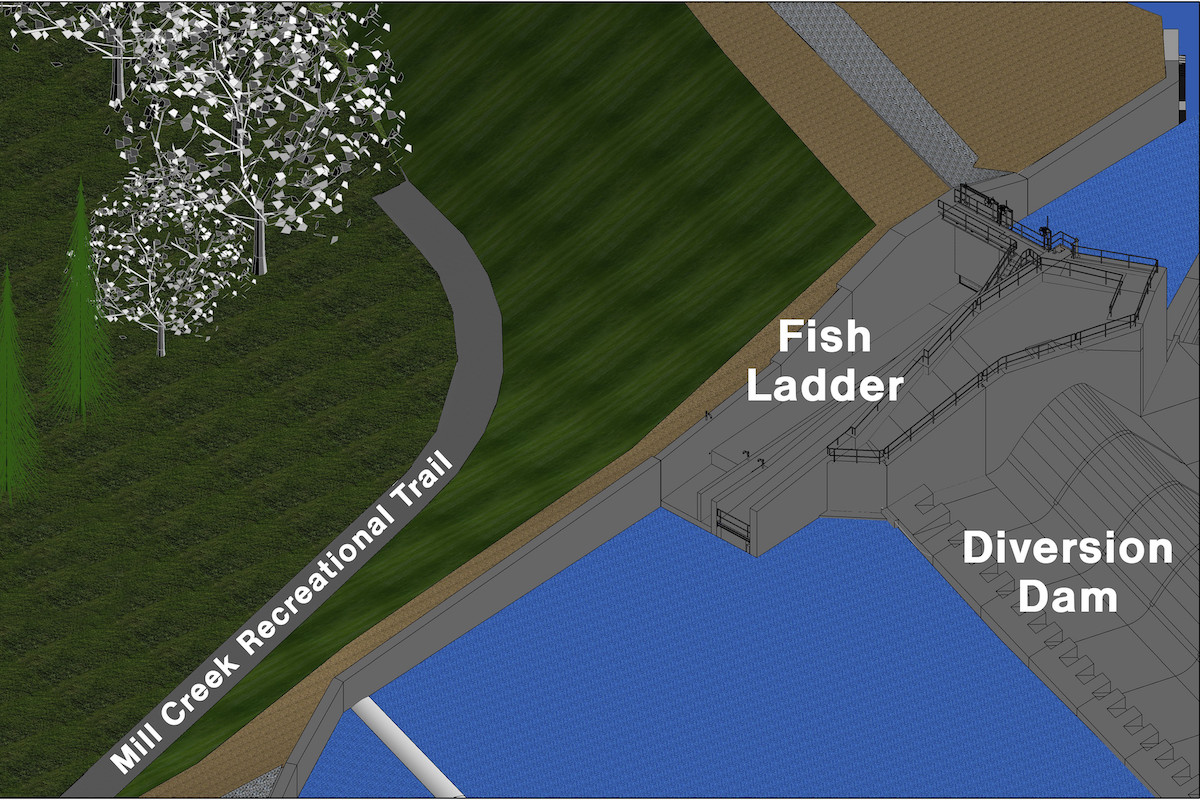Interstate Highway 35 is the primary north/south transportation corridor in the booming Lone Star State. Its route through the center of Austin, Texas, has suffered from severe congestion for decades. To solve the issue, the Texas Department of Transportation (TxDOT) and the Capital Area Metropolitan Planning Organization (CAMPO) developed a three-part plan to improve traffic flow.
The I-35 Capital Express South project is an initial part of the upgrade, running 9 miles between the interchange with Ben White Boulevard and SH 71 south to SH 45. Irving, Texas-based Fluor Corporation started work on the $548 million improvements in early 2023 under a bid/build contract.
“I-35 serves as a critical corridor for delivering goods, services, and people across the state and the country,” said William Semora Jr., TxDOT South Travis Area Office Engineer. “This project is part of the larger statewide My35 program from Laredo to Gainesville to improve travel reliability across Central Texas, enhance freight operations, and increase safety.”
A major congestion-relieving component of the Capital Express South project adds north and south managed high-occupancy vehicle (HOV) lanes to the freeway. They will be elevated above the existing roadway on a 2.4-mile bridge between Ben White Boulevard/SH 71 and Slaughter Lane. It allows multiple passenger vehicles to bypass the ground-level lanes and local exits. Work is currently underway on that as part of Phase One of the project. Surface level HOV lanes will be added in both directions from Slaughter Lane to SH 45.
Not creating further congestion is critical during the course of the project. “We need to get the job built, but we need to minimize the impact and keep traffic moving on the busiest stretch of road in Austin,” said Matthew Krein, Fluor Project Director.

| Your local Volvo Construction Equipment dealer |
|---|
| PacWest Machinery |
Work on the elevated lanes bridge is being done in the median. As it is imperative to keep all existing lanes open during peak daytime traffic hours, “this necessitates nightly lane closures, managed using a movable rail system to minimize peak traffic impacts,” Semora said.
The Lindsay Road Zipper System helps efficiently enable any short-term lane closures. “We bought the zipper rail from Lindsay, along with leasing their barrier transfer machine, which can pick the rail up and move it typically 12 feet at a time, or about one lane width,” Krein said. “That gives us room to work in the median with our large cranes on the elevated lane bridge that's going to extend over traffic in the future.”
Krein estimates that between 40 to 50 percent of the work on this part of the project is being done at night.
“Due to the limited workspace in the I-35 median, the contractor uses a unique system for constructing the foundation, or footings, of the elevated managed lanes,” Semora said. “By employing a reusable all-in-one forming and shoring system, the contractor can safely and efficiently progress construction of the footings without the time needed for two separate systems.”

| Your local Gomaco dealer |
|---|
| American Construction Supply |
| Tri-State Truck & Equipment Inc |
“We're using the shoring box that we put in the ground to help support all the soil outside of it,” Krein said. “This same shoring box is used as our form system to place the concrete footing. This innovation has saved us an extra step.”
Precast concrete bridge beams with an outside overhang will be installed atop the piers. “The beams with a precast overhang allow the contractor to place the final bridge surface without additional form work after the beams are installed,” Semora said. “The technique drastically reduces the number of main lane closures and time needed to place conventional forms.”
Phase One also includes construction of the South Boggy Creek bridges, which replace the current culverts that the creek flows through. There are also multiple utilities that cross the highway.
“There's electrical line crossings over the roadway that are in conflict with the new bridge,” Krein said. These lines will be moved underground into conduits. “One of our biggest coordination efforts is in taking the high voltage lines from above and moving them underneath the road.”

| Your local Metso Minerals Industries Inc dealer |
|---|
| PacWest Machinery |
| Westate Machinery Co |
Krein stressed how coordination is the key “to maintaining all the utilities like water, electrical, telephone, and internet. We work closely with the involved companies to manage the entire construction process.”
Further bridge work in Phase Two includes widening the Slaughter Lane and Slaughter Creek bridges and building a new bridge over Onion Creek.
The project also includes constructing a bypass lane on the southbound route that will allow traffic to bypass signals at Stassney Lane and William Cannon Drive without entering the main freeway, as well as a braided ramp at South Boggy Creek that allows vehicles to enter both the elevated and surface level lanes. At the Slaughter Lane and I-35 intersection, “there's improvements being made to the turnarounds, plus new traffic signals going up that are going to make that intersection run a lot smoother,” Krein said.
In Phase Three, the northbound and southbound access roads will be widened. Shared-use pedestrian and bicycle paths will be added along both sides of the highway to further enhance it as a smooth and efficient transportation corridor.

| Your local Superior dealer |
|---|
| Westate Machinery Co |
Phase Four will be final paving and lane striping. “The typical roadway section consists of ordinary compacted embankment, followed by a density-controlled C1 select fill, then flexible base and finally various courses of hot mix asphalt,” Semora said. “Additionally, there are locations at the northern end of the project that use continuously reinforced concrete pavement in lieu of hot mix asphalt.”
The project is expected to be completed in late 2028.
“Another challenge is managing nearly 13 miles of construction in a densely populated south Austin area with diverse business and residential needs,” Semora said. “To address this, TxDOT focuses on strategic public involvement and maintaining a flexible team to adapt to daily challenges, ensuring safety and minimizing disruptions for residents and businesses.”
One major overall challenge that Krein pointed out is “the same issue facing every road construction job going on right now, especially in the ultra-competitive Austin market — finding enough people to build these projects. We're merging in people that have never worked construction in their life, training them, and doing everything we can to get them up to speed quickly.”

| Your local Bobcat dealer |
|---|
| Pape Material Handling |
“The South project connects to Capital Express Central, which shares the goals of easing traffic flow and creating a highway that will improve safety and mobility along the corridor for years to come,” Semora said. Initial preparatory work on that $4.5 billion project began this year.
Project Partners/Personnel
- Owner: Texas Department of Transportation
- General Contractor: Fluor Corporation, Irving, Texas
- Subcontractors and Suppliers: Asphalt Inc., LLC dba Lone Star Paving, Austin, Texas (Michael Crum, Project Manager); Bexar Concrete Works, Ltd., San Antonio, Texas (Jorge D. Hinojosa, General Manager); KLP Commercial, Manor, Texas (Nathall Parker, Owner); Light It Up Electric, Adkins, Texas (Jennifer Eldridge and Scott Eldridge, Owners); The Levy Company, Inc., Selma, Texas (Dustin Viebrock, Project Manager); Keller North America, Inc., San Marcos, Texas (Jamie Cervantes, Project Manager); W&W Afco Steel, LLC, Irving, Texas, (Daniel Liendo, Project Manager)






















